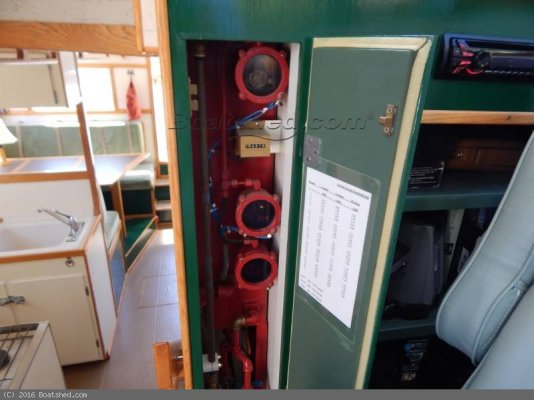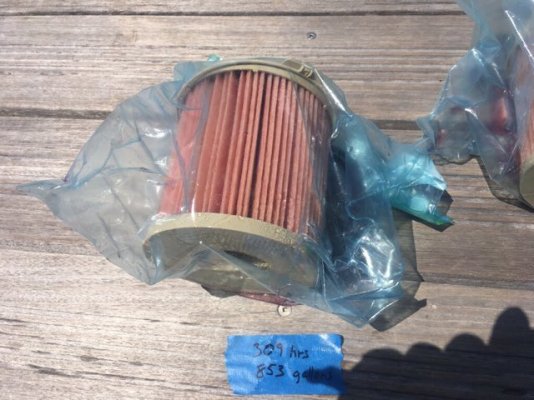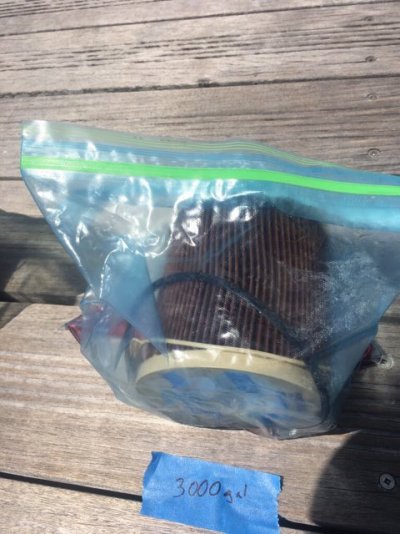If you have room, get the low point you are drawing fuel from at least a few inches above the bottom of the tank so any water won't be sucked in. This is probably what the previous poster is calling a sediment bowl? Have a drain at the very bottom.
When you have the tank made, I would put extra weld-o-lets for level sensors even if you are not going to use them now. You can just put plugs in them, but they would be hard to add later once everything is installed and fuel soaked. have one for full, Low/turn on transfer pump (At level where you would have about 1 Hour if pump doesn't work, and emergency low. The first time you forget to manually fill the tank, and both engines die, you will want to add alarms, and or pump switches.
If the tank is higher than the engine (Gravity feed) even if you have a leak it should leak fuel out, not suck air into the line. This is the big advantage of gravity feed. My preference would be to have dual Racors on a single line from the tank, which could be switched from one to the other if the filter gets plugged, rather than each engine getting it's own, but having to shut the engine down to change the filter. If you want to go crazy and put in dual, dual filters that would be sweet, but seems overkill to me.
If you want to get really fancy, you can plumb the tank so the pickup, and return lines come off the sightless fittings and can be isolated from the day tank with valves. You can figure out the cross sectional area of the inside of the sightless, multiply it by a 12" drop in level, which you mark on the glass. Then you can close the valves, and time how long it takes for the fuel in the sight glass to drop 12", and using the table you made, get a very accurate current fuel burn, in just a couple minutes. My boat was originally set up this way, but a previous owner removed it. I assume it was leaking. I wish they had fixed the leaks, and kept it.



